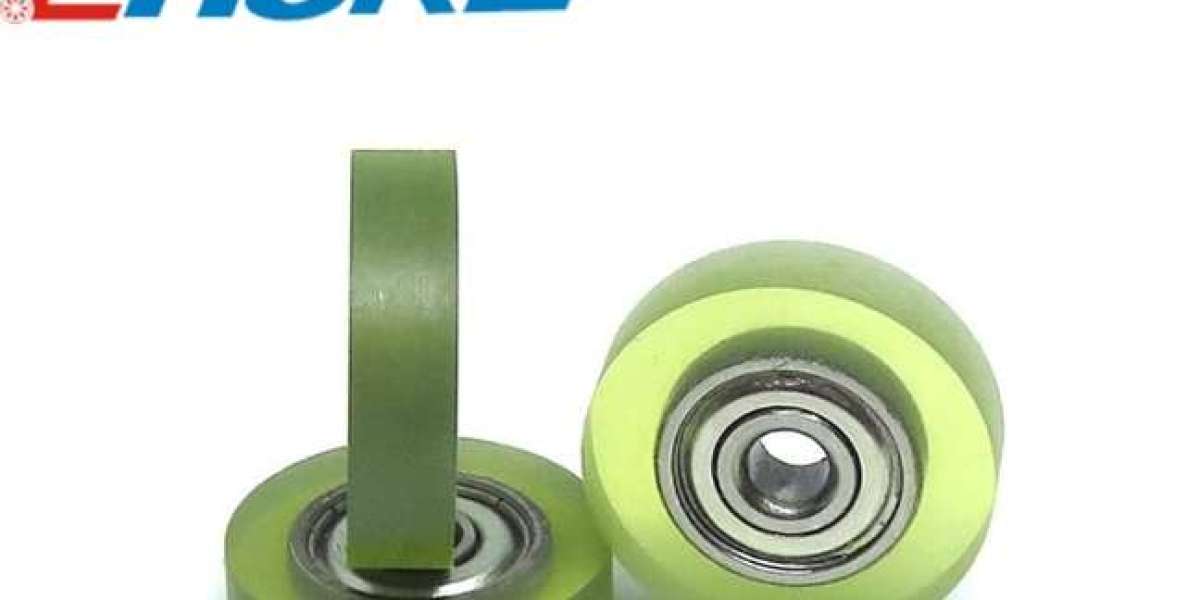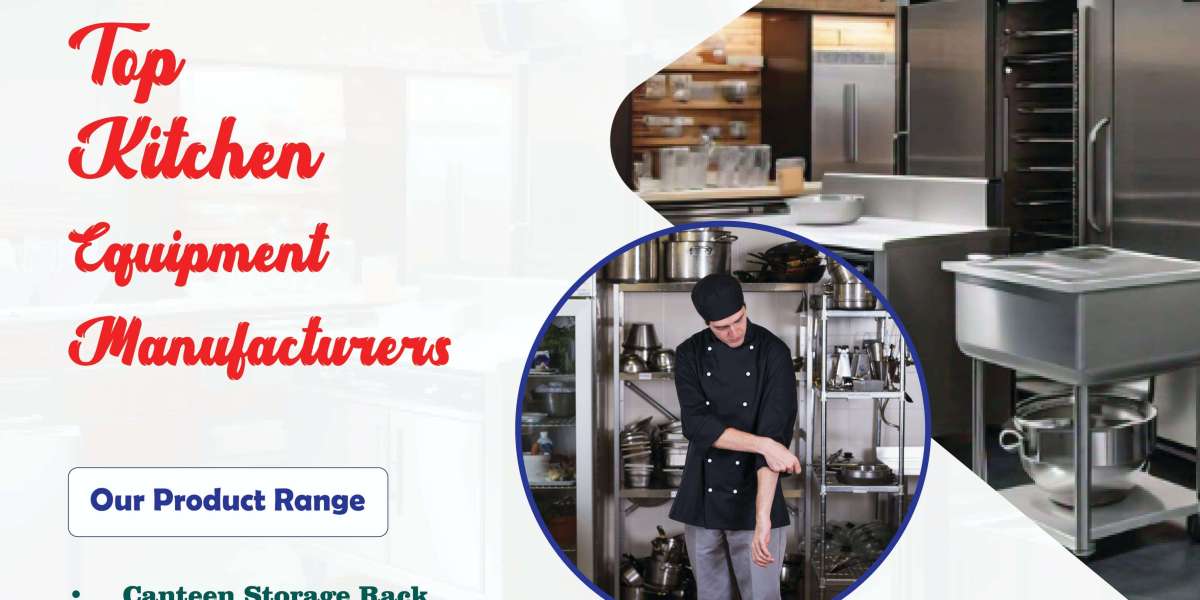Selecting the right V pulley with bearing for your system is crucial for ensuring smooth operation, reducing maintenance, and optimizing performance. As an experienced installer, it’s essential to consider several factors before making your choice, ranging from the material and size of the pulley to the specific application and environmental conditions.
What Is a V Pulley with Bearing?
A V pulley with bearing is a mechanical component designed to transfer rotary motion from one shaft to another via a V-belt. The pulley has a groove that matches the profile of the V-belt, ensuring a tight and efficient grip during operation. The inclusion of bearings in the pulley allows it to rotate smoothly with minimal friction, which reduces wear and tear and enhances overall performance.
The bearing is typically housed within the center of the pulley, enabling it to rotate freely with the help of an external shaft. This smooth rotation is crucial for systems requiring consistent motion and energy transfer, such as conveyor belts, engines, and machinery.
Factors to Consider When Choosing a V Pulley with Bearing
When choosing the right V pulley with bearing, it’s important to take into account several factors that can affect the performance and durability of the system. Let’s break down these factors to guide you through the selection process.
1. V Pulley Size
The size of the V pulley plays a significant role in the overall performance of the system. There are a few key measurements that should be considered when choosing the correct size:
Pulley Diameter: The diameter of the pulley affects the speed and torque transfer. A larger diameter pulley will reduce the speed but increase the torque, whereas a smaller pulley will do the opposite. Ensure the diameter of the pulley fits within the specific requirements of your system.
Belt Width: The width of the V-belt and the groove on the pulley must match. Different pulleys are designed for different belt sizes, so it’s essential to ensure compatibility between the two components. Standard V-belt sizes are generally designated as A, B, C, or D depending on the width and depth of the groove.
Number of Grooves: Some systems require multi-groove pulleys to accommodate multiple belts. Make sure that the number of grooves matches the number of belts required in your system.
2. Pulley Material
The material of the V pulley with bearing will influence its durability, weight, and resistance to environmental factors. Common materials include:
Cast Iron: Cast iron pulleys are heavy-duty, making them ideal for high-torque applications. They offer durability and long service life but can be heavy and less resistant to corrosion in certain environments.
Aluminum: Lightweight and resistant to corrosion, aluminum V pulleys are ideal for environments where reducing weight is crucial. They are commonly used in automotive and lightweight machinery applications.
Steel: Steel V pulleys are strong and durable, making them suitable for high-load applications. However, they are prone to rust if not properly coated or maintained.
Plastic/Nylon: Plastic or nylon pulleys with bearings are used for lower-load applications where a lightweight solution is needed. They are corrosion-resistant and offer quiet operation.
When selecting the material, consider the operating environment. If the system is exposed to harsh chemicals or high temperatures, materials like aluminum or steel may be better suited due to their enhanced resistance to environmental damage.
3. Load Capacity
Load capacity is a critical factor when choosing a V pulley with bearing. The pulley must be able to handle the load of the system without slipping or causing premature wear. To determine the appropriate load capacity, consider:
Torque Requirements: Higher torque systems need a pulley that can handle more weight and force. A larger diameter pulley with a strong bearing will typically handle higher torque.
Belt Tension: The tension of the V-belt can affect the load on the pulley. Ensure the chosen pulley can handle the required belt tension without failure. Pulley bearings play an essential role in distributing the load evenly, preventing excess stress on the pulley material.
4. Pulley Bearing Type
The type of bearing used in the V pulley can impact both the performance and longevity of the system. Common bearing types include:
Ball Bearings: Ball bearings are commonly used due to their ability to handle radial loads. They provide smooth, low-friction operation, ensuring that the pulley rotates efficiently.
Roller Bearings: For heavier loads, roller bearings may be used as they can support higher radial forces. These bearings offer greater load-bearing capacity and durability compared to ball bearings.
Needle Bearings: Needle bearings are used in applications where space is a concern. They can handle high radial loads in tight spaces, making them ideal for compact systems.
It’s important to choose a bearing that matches the specific load and speed requirements of your system.
5. Environmental Considerations
The operating environment can significantly impact the performance and lifespan of a V pulley with bearing. Consider the following:
Temperature Range: Some pulleys are designed to operate within a specific temperature range. If your system is exposed to extreme temperatures, choose materials and bearings rated for high or low-temperature use.
Exposure to Moisture: In environments with high moisture, such as water treatment plants or outdoor systems, you may need a pulley that is resistant to corrosion and rust. Stainless steel, aluminum, or plastic pulleys are typically best suited for these environments.
Chemical Resistance: If your system operates in environments where chemicals are present, ensure that the V pulley and bearings are resistant to corrosion from those chemicals. Certain coatings or materials, such as stainless steel or specially treated cast iron, may be necessary.
6. Speed and Efficiency Requirements
V pulleys with bearings are often used in systems that require specific speeds and efficiency levels. Ensure that the pulley size, bearing type, and material match the speed requirements of your system. For high-speed applications, such as in automotive engines, ensure that the pulley can rotate efficiently without excessive friction or wear.
How to Match V Pulleys with Bearings to Your System
Now that you have an understanding of the essential factors to consider, it’s time to match the V pulley with bearing to your system. Start by carefully analyzing the requirements of your system:
Identify the required pulley size: Determine the necessary diameter and width based on the belt and groove requirements.
Choose the appropriate material: Select a material that can withstand the environmental and operational conditions of your system.
Determine the load capacity: Understand the torque and tension requirements to ensure the pulley can handle the load.
Select the right bearing: Choose a bearing type that aligns with the load-bearing capacity and speed requirements.
Factor in the environmental conditions: Ensure the pulley is durable and capable of withstanding external factors like moisture, chemicals, or extreme temperatures.
By taking these steps, you can ensure that your V pulley with bearing will function optimally within your system, providing a smooth, efficient, and durable performance.
Selecting the right V pulley with bearing is a critical part of ensuring the smooth and efficient operation of mechanical systems. Understanding the various factors that influence the performance of the pulley, such as size, material, load capacity, bearing type, and environmental considerations, will allow you to make an informed decision for your application. Whether you are working on a conveyor system, automotive application, or industrial machinery, choosing the correct V pulley can greatly improve the longevity and reliability of the system.
For high-quality V pulleys with bearings, visithunepulley.com. Our wide range of durable and efficient pulleys is designed to meet the needs of various industries and applications, ensuring your systems perform at their best. Let our expert team assist you in selecting the perfect V pulley for your project.



